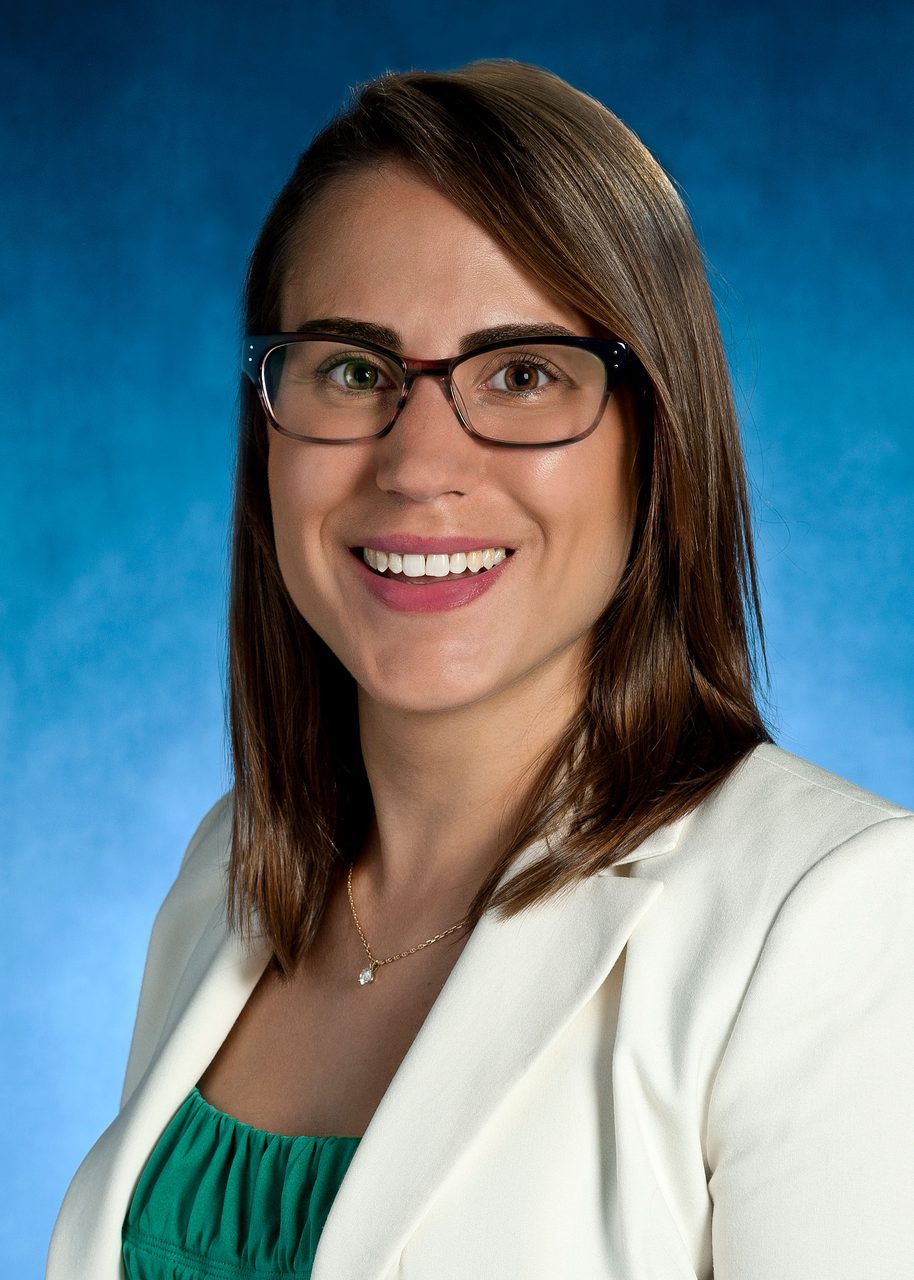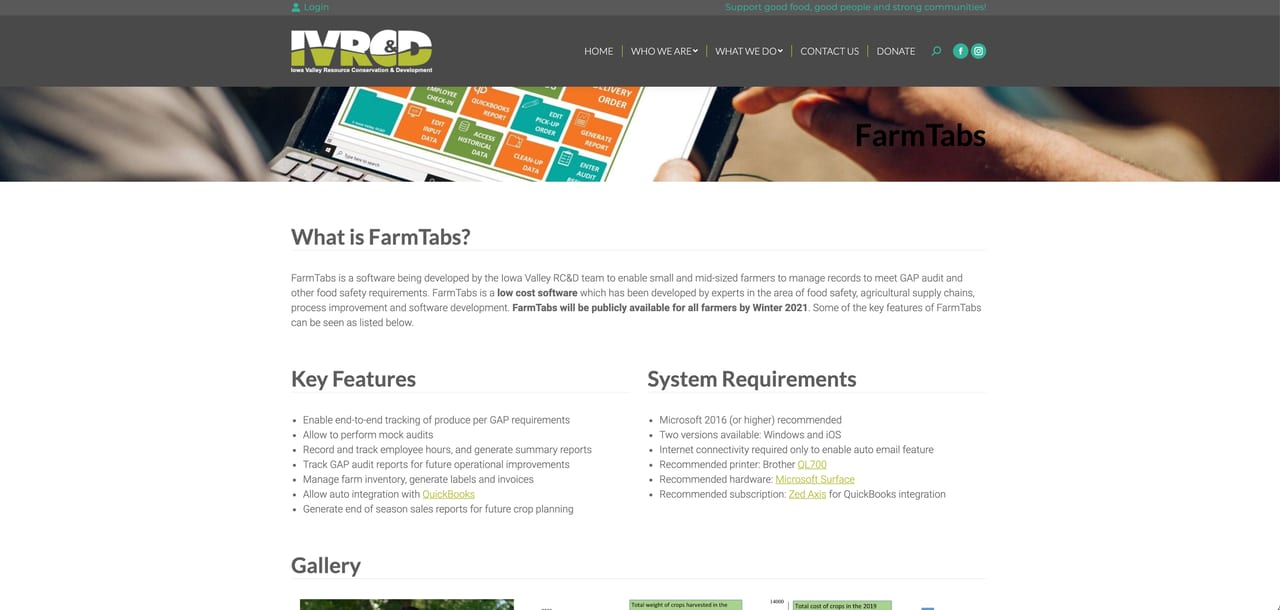
SCROLL
DOWN
FDA Announces Winners for Low- or No-Cost Traceability Challenge
The U.S. Food and Drug Administration (FDA) recently announced the 12 winners of its New Era of Smarter Food Safety Low- or No-Cost Tech-Enabled Traceability Challenge. Out of 90 submissions, the winning teams hail from the U.S., Canada, and New Zealand.
The main goal of the challenge was to encourage stakeholders, including technology providers, public health advocates, entrepreneurs, and innovators from all disciplines, to develop traceability hardware, software, or data analytics platforms that are low cost or no cost to the end user.
Learn more about the winners and watch the videos they submitted on FDA’s Food Traceability Challenge page. For comprehensive information on all aspects of the challenge, visit the Results Page at precision.FDA.gov.
Image credit: Dr_Microbe/iStock / Getty Images Plus via Getty Images

UGA Researchers Find Origins of Global Spread of Salmonella Enteritidis
University of Georgia (UGA) researchers have found evidence for the origins of the global spread of Salmonella Enteritidis, which has caused multiple outbreaks of the foodborne pandemic and has been linked to poultry products.
Xiangyu Deng of UGA’s Center for Food Safety led the research team, which analyzed over 30,000 genomes of S. Enteritidis. The team used hypothesis-driven data mining, and the samples were taken from global sources and the international trade of live poultry over five decades. The team’s conclusions were that the spread most likely started in poultry breeding stocks or the progenitors chosen to produce future generations of chickens.
During the 1980s, S. Enteritidis infections linked to poultry products increased and were occurring simultaneously in America and Europe. Soon, S. Enteritidis reached other continents. From 2015 to 2018, Europe experienced its largest Salmonella outbreak ever, across 16 countries, due to contaminated eggs. However, the mystery of how the bacteria quickly spread across continents decades ago, and how it has caused such large outbreaks in recent history, had remained a historical puzzle—until now.
Deng's team needed large amounts of data—more than individual labs could give them. Instead, the team used publicly available Salmonella genomes, which they obtained through sources such as GenomeTrackr and EnteroBase. The team also obtained decades’ worth of international trade data of live poultry from the Food and Agriculture Organization of the United Nations, U.S. Department of Agriculture (USDA) Foreign Agricultural Service, and Observatory of Economic Complexity.
After his team looked at the data, recent isolates from domestically raised poultry in the U.S. and Suriname were found to be “genetically near identical.” This was important because the most-likely overlap in poultry production systems between the two countries is breeding stock supply.
After this discovery, the team expanded genomic investigations to global populations of S. Enteritidis. They were able to reconstruct evolutionary history and population dynamics of the pathogen and found that the global dispersal of the poultry pathogens most likely had centralized origins.
The scientists then integrated the data with import/export records of live poultry between countries, which led them to the conclusion that the centralized origins were S. Enteritidis-infected breeding stocks. The reason that similar genomes appeared on different continents was because bacteria were then disseminated through subsequent generations of birds.
The study was partially funded by a Hatch grant from the USDA National Institute of Food and Agriculture.
Read the full study here in the journal Nature Communications.

AFDO Announces Its 2021 State Food Safety Resource Survey Results
The Association of Food and Drug Officials (AFDO) has announced the results of its 2021 State Food Safety Resource Survey. The survey looked at inspection work done by state food safety regulatory programs, which ensure food safety in the areas of manufactured food, retail food, milk, produce, meat/poultry, and shellfish.
Due to disruptions that may have occurred as a result of COVID-19, the survey looked at work completed during the 2019 calendar year versus 2020.
While the U.S. Food and Drug Administration performs 3,500 human food inspections annually along with another 4,000 completed under contract by states, the states themselves are completing more than 41,000 additional inspections in these food manufacturing facilities, far more frequently than federal oversight, the survey showed.
The survey highlighted 1,262,668 inspections, 37,731 compliance actions, 355,772 laboratory analyses, and 1,604,817 pounds of adulterated food worth an estimated $31,383,272 embargoed or quarantined.

Image credit: Dr_Microbe/iStock / Getty Images Plus via Getty Images

Stop Foodborne Illness, the national nonprofit public health organization dedicated to the prevention of illness and death from foodborne pathogens, announced that Dr. Vanessa Coffman has joined the organization as director of the Alliance to Stop Foodborne Illness.

Save Foods, an agri-food-tech company, has appointed Dariela Farcas as director of public relations and investor relations.
The U.S. Department of Agriculture has appointed Cindy Long as administrator for the Food and Nutrition Service, Claudette Fernandez as director of program equity and opportunity strategy, and Félix Muñiz Jr. as legislative adviser in the Office of Congressional Relations.
The board of directors of the Partnership for Food Safety Education has selected Britanny Saunier as the Partnership’s new executive director.

Commander Luis O. Rodriguez of the U.S. Public Health Service has been elected to the NSF Council of Public Health Consultants.
Graham Packaging announced the appointment of Robert Pyle as its new president and chief executive officer.
Legacy Foodservice Alliance is excited to announce that industry veteran Chip Spraggins has joined the organization in the role of vice president of supply chain.
PSSI has named Chuck Lamb as senior vice president of operations for the West Region and promoted Gina Swenson to vice president of marketing.



COFFMAN
RODRIGUEZ
LAMB
SWENSON
PYLE
FoodChain ID Completes Acquisition of Hamilton Grant
FoodChain ID, a provider of technology-enabled food safety, quality, and sustainability solutions, has acquired Hamilton Grant, a global provider of product development software for the food and beverage industry. FoodChain ID is a portfolio company of Berkshire Partners. FoodChain ID will augment Hamilton Grant's software with its data services and multiassessment platforms, including gComply, Praedixi, FOCOS, and Nutraveris Online—enabling regulatory compliance in product and recipe development and packaging.

Givaudan, Bühler, and Migros Announce The Cultured Food Innovation Hub for Cultured Meat
Givaudan, Bühler, and Migros have formed a new entity, The Cultured Food Innovation Hub, in Kemptthal near Zurich, Switzerland, to accelerate the development and market penetration of cellular agriculture products. There are many arguments supporting the mass suitability of cultured meat: meat without slaughter or factory farming, a significantly better climate balance, no use of antibiotics, and ensured food security. The Cultured Food Innovation Hub will start operations in 2022.


ONLINE & OF NOTE
Researchers at Iowa Valley Resource Conservation & Development and Anuj Mittal from the industrial engineering department at Dunwoody College of Technology located in Minneapolis have developed open-source software (called FarmTabs) to help small and midsized farmers meet the food traceability requirements per the U.S. Department of Agriculture (USDA)’s Good Agricultural Practices certification for food safety-related issues. The software will also allow farmers to meet the upcoming traceability regulations from the U.S. Food and Drug Administration as per the Food Safety Modernization Act. The software has been tested and implemented for the past 2 years at a nonprofit farm in Iowa. Supported through funding from USDA and the Iowa Department of Agriculture, the software is available as a free download.

